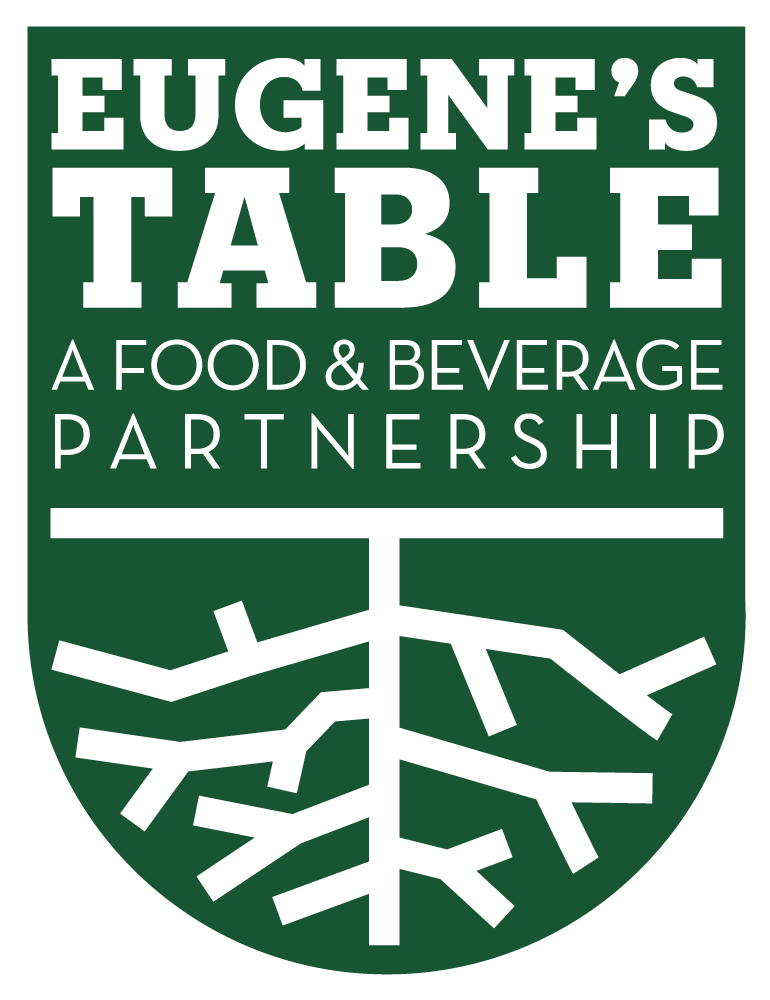Direct To Consumers
Micah Elconin, Director of Eugene’s Table writes a regular column for the Register Guard that highlights his perspectives on regional F&B business.
Food and beverage companies have been selling direct to consumers and using e-commerce to bolster their revenues and to grow brand awareness for years. The higher margins earned from online sales and the brand allegiance they build is a tasty combination for any company looking to carve out space in the market.
The truth is many startups and emerging food brands have relied on direct-to-consumer channels, as they often struggle to compete for shelf space at grocers and other retailers. Even though Hot Winter Hot Sauce, for example, has earned shelf space at grocers across the Pacific Northwest, it still sells a substantial amount of its organic, fermented hot sauces direct to consumers via its website. When local acupuncturist Karen Taylor launched Breakfast Cure, a one-of-a-kind whole food congee (think versatile porridge), she went straight to the internet to reach customers and has leveraged her influence as a health professional to drive traffic to her site.
However, when COVID-19 changed our world dramatically earlier this year, keeping communities distanced and many people at home, just about everyone in the food world began to look more closely at these direct-to-consumer opportunities.
*Published by The Register Guard

